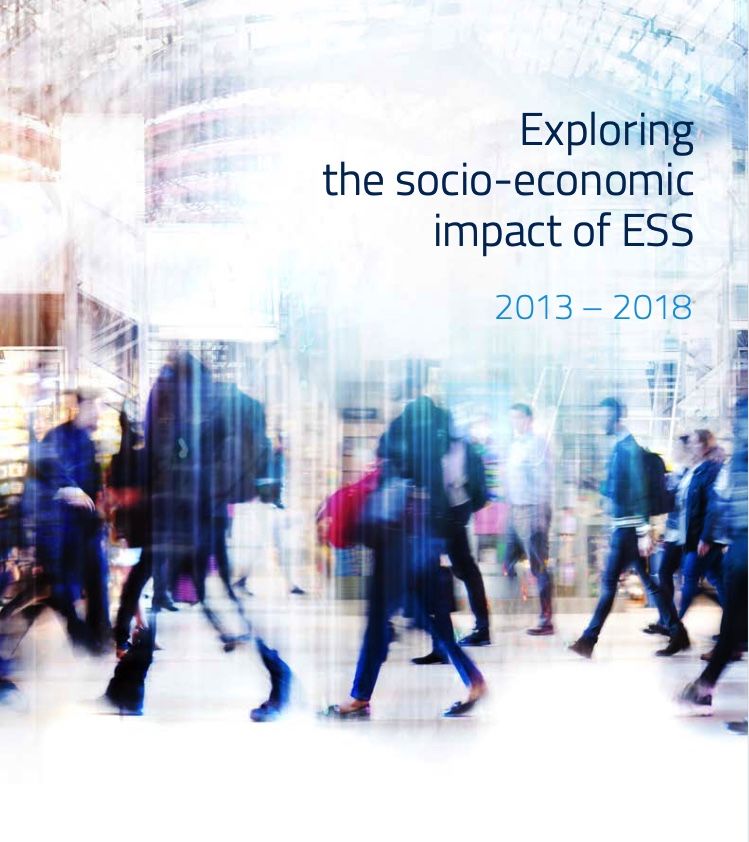
Europe’s Research Infrastructures (RIs) play a critical role in delivering scientific breakthroughs and fostering innovation as the expected results of enabling science - this is part of the broader socio-economic impact that RIs like ESS offer to society.
Even though ESS is still in its Construction Phase, it has already been engaged in various activities and keen on demonstrating its Socio-Economic Impact (SEI) on its direct partners and stakeholders and indirect networks along with the pursuit of its strategic objectives.
This recent report – 'Exploring the socio-economic impact of ESS', prepared in collaboration with the Centre for Technology Entrepreneurship of the Technical University of Denmark (DTU) within the framework of the BrightnESS2 project, showcases the early evidence and some important aspects of SEI of ESS based on the narratives and impact pathways that are specifically relevant for the period of the Construction Phase until 2018 by monitoring a mix of indicators about inputs, activities, and outputs (evidence collected for the period 2013-2018.
The key message in this report is that in pursuit of ESS’ strategic objectives, which are primarily about excellence in science, ESS has been and will continue to successfully create, sustain and accelerate its positive SEI on a broad range of stakeholders among and beyond its Member Countries to fulfil the essence of its vision of enabling science. This is to be achieved by persistent practices of awareness raising among stakeholders and policy makers, conscious decision making made by the ESS management, continuous monitoring of SEI indicators, and active collaboration with not only the scientific community but the society at large as well.

























